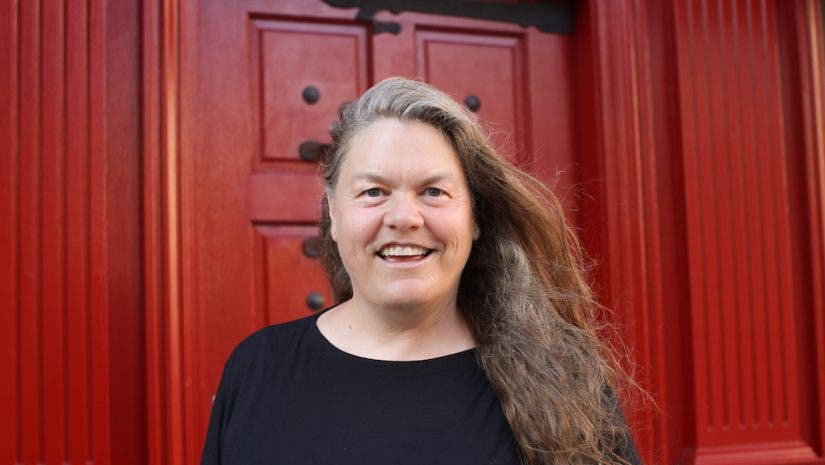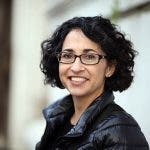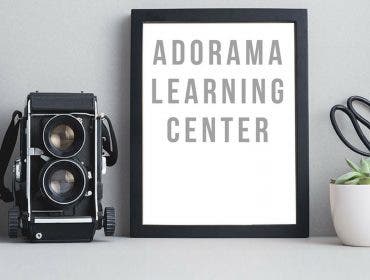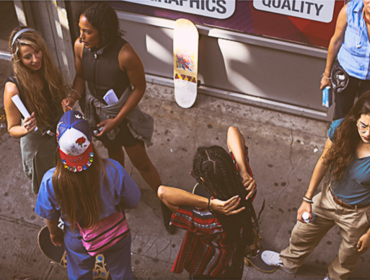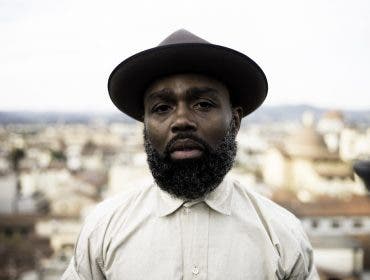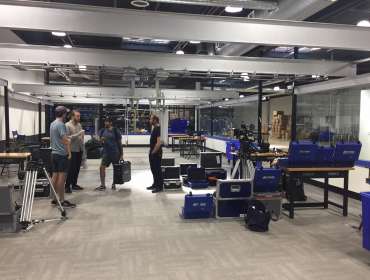Join us here on ALC for Women With Cameras on Wednesdays, where Dorie Hagler will be highlighting the thoughts and experiences of a professional female photographer or filmmaker. Her goal is to share great work by great professionals who are not yet in the limelight. This week, she spoke with photographer Judy Walgren, on her recent work.
Judith Walgren is a Pulitzer Prize-winning photographer, photo editor, teacher, visual artist and writer. In 2016, she received her MFA in Visual Art from the Vermont College of Fine Arts and began her exploration into the disruption of historic visual archives. Before that, Walgren was the editorial director for a media startup, ViewFind, and the Director of Photography at the San Francisco Chronicle. Besides teaching, she is presently developing a social practice project working with indigenous people near the sites of the 21 California missions to create historical records from their perspective. Walgren lives in San Francisco with her son, Theo.
“I like the idea of the question and then response within a body of work, so that is the next movement for me here,” Walgren told us. “I also appreciate that this ‘project’ [with my son, Theo] has no real beginning or end — just a continuing conversation for the foreseeable future whether or not he continues to allow me to photograph him or not. And as my friend Dan Eldon would say, ‘The journey is indeed the destination.’ Indeed.”
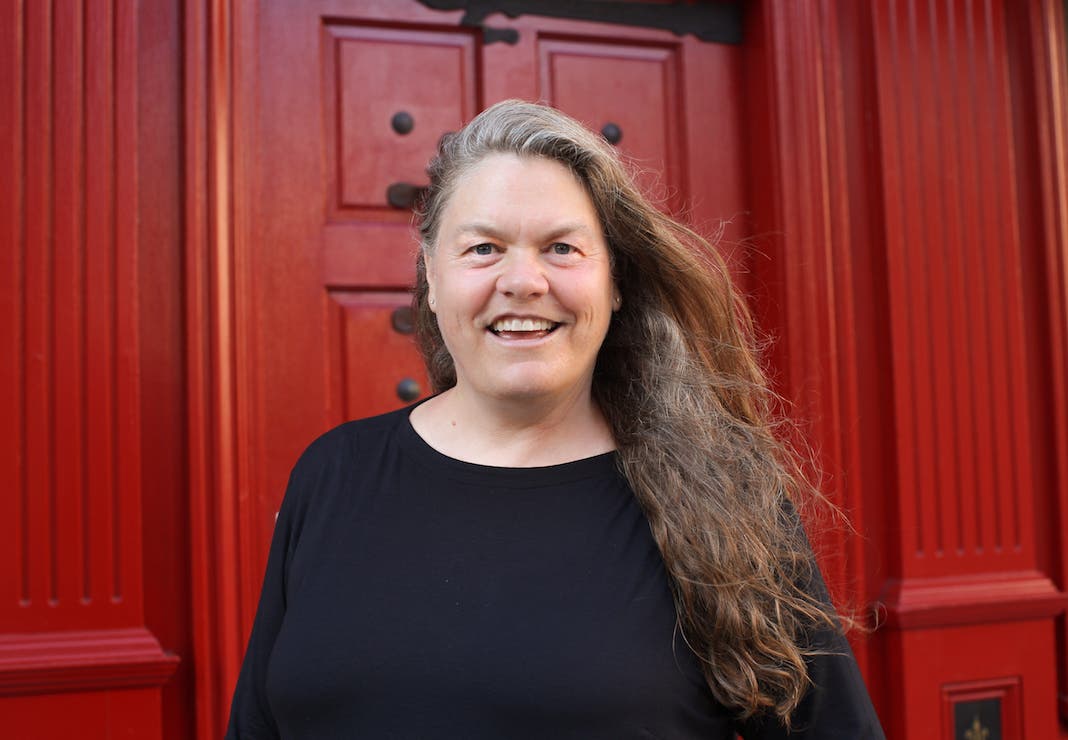
Q: If you could only bring three pieces of equipment with you on a photo shoot, what would you bring?
A: The Sony A7RII, a 35 mm 1.4 lens with a 64 GB SD card or a large reflector with gold, white, translucent, and silver surfaces.
Q: As photographers, we all get that “got it” feeling when we get the shot we are after. What needs to be present in an image for you to get that feeling or know you nailed it?
A: I am always seeking an evocative moment that will work with the story I am trying to capture or tell. Using composition to create visual tension or interest between the subject and environment is so fascinating. It’s so interesting to find ways for each element to work together to create an interesting scene and usually I like to layer the subject within the environment, if at all possible. If not, then I try and place the subject somewhere that articulates the mood or sense I am searching for.
Last, but not least is lighting – interesting, dynamic light. I am not a studio photographer, so for me, this is the wild card given the natural lighting situation that I find myself working with as I am photographing.
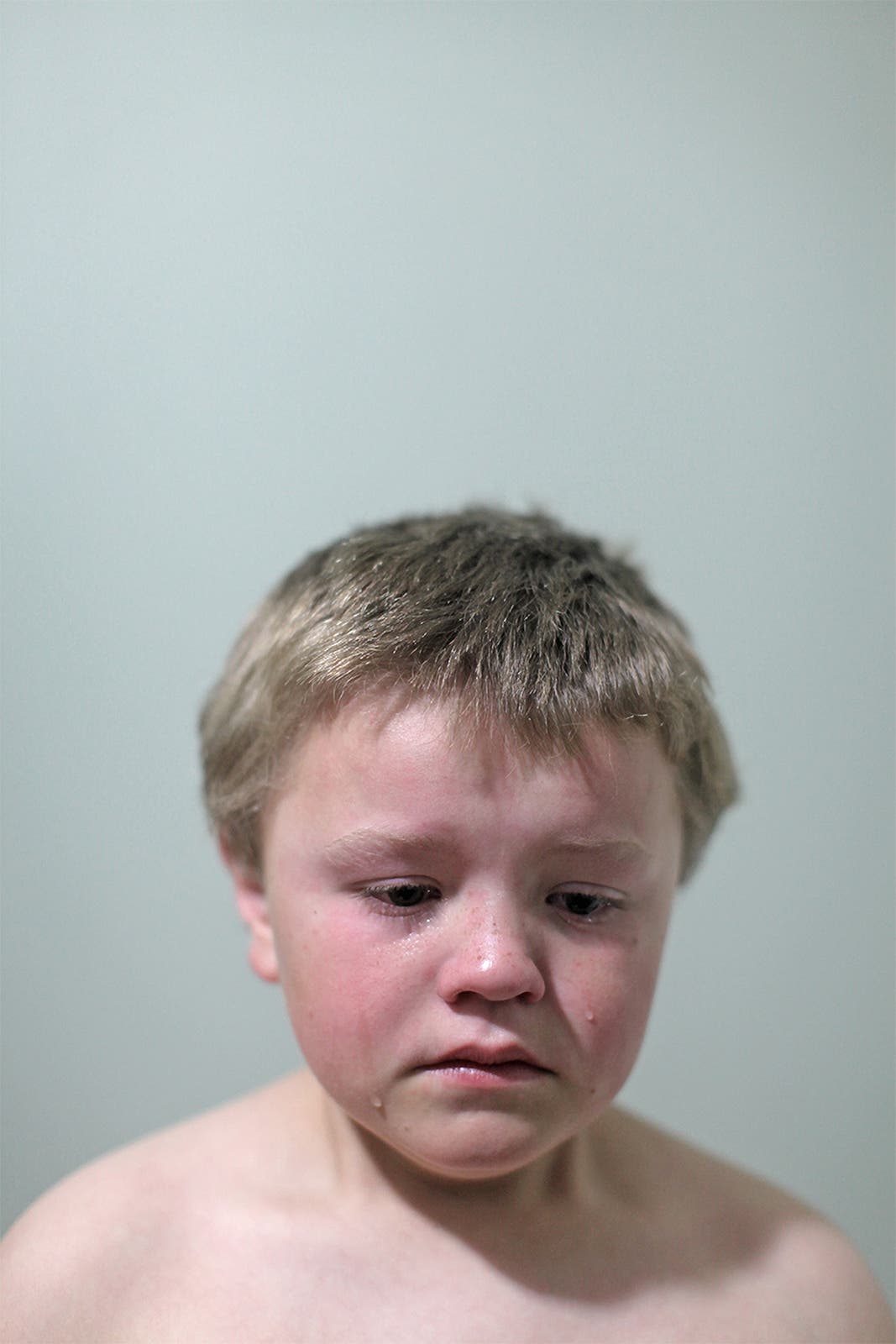
Q: How do you balance your personal work with your client work?
A: I don’t.
Q: What percentage of your work is what you are passionate about and what percentage is produced to pay your bills?
A: Right now – I am teaching 90% of the time which I love, but being adjunct only allows me about 10% of my time for personal work. The pay for adjunct teaching is brutally low and really unsustainable in San Francisco with only one household income. I am trying hard to find a full-time teaching position or any other type of full-time position, to be honest, that would allow me to work on the myriad of projects I have floating around in my head and heart.
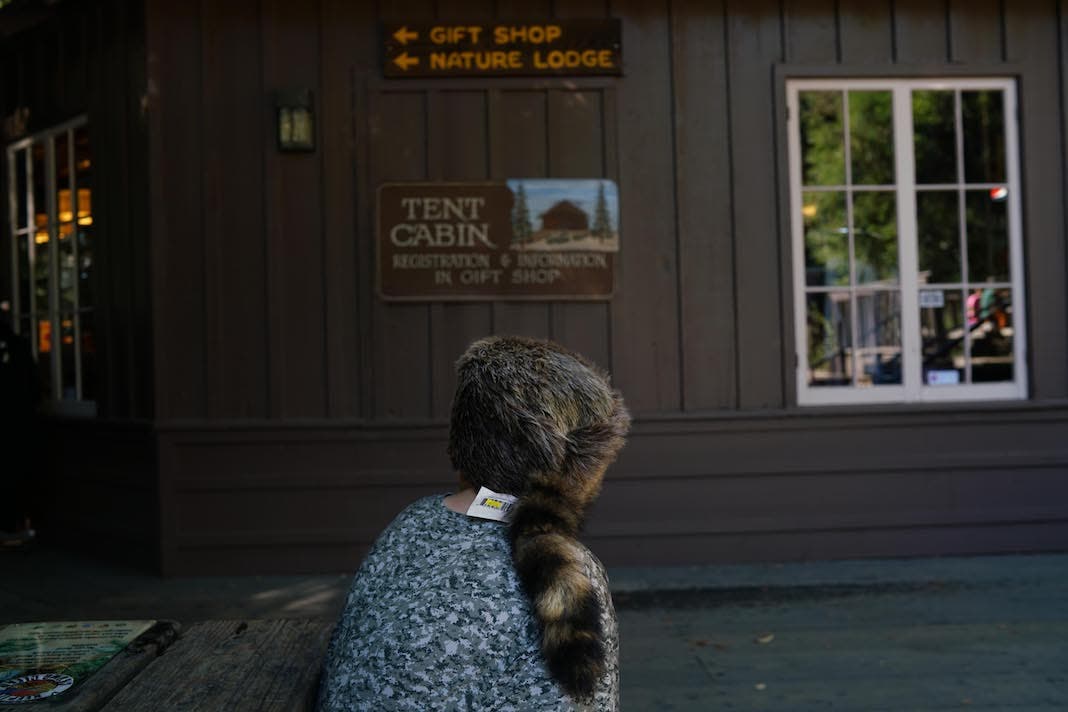
Q: If you didn’t have to worry about earning a living, what type of work would you do?
A: I would be an organic farmer and a visual artist living in either the Sonoma Coast in CA, Taos, NM, in Vermont or in Paonia, CO.
Q: I often feel that I keep making photographs because I don’t know how not to. Why do you keep making photographs?
A: I love connecting with people and for me, this work is a way for me to search for meaning.
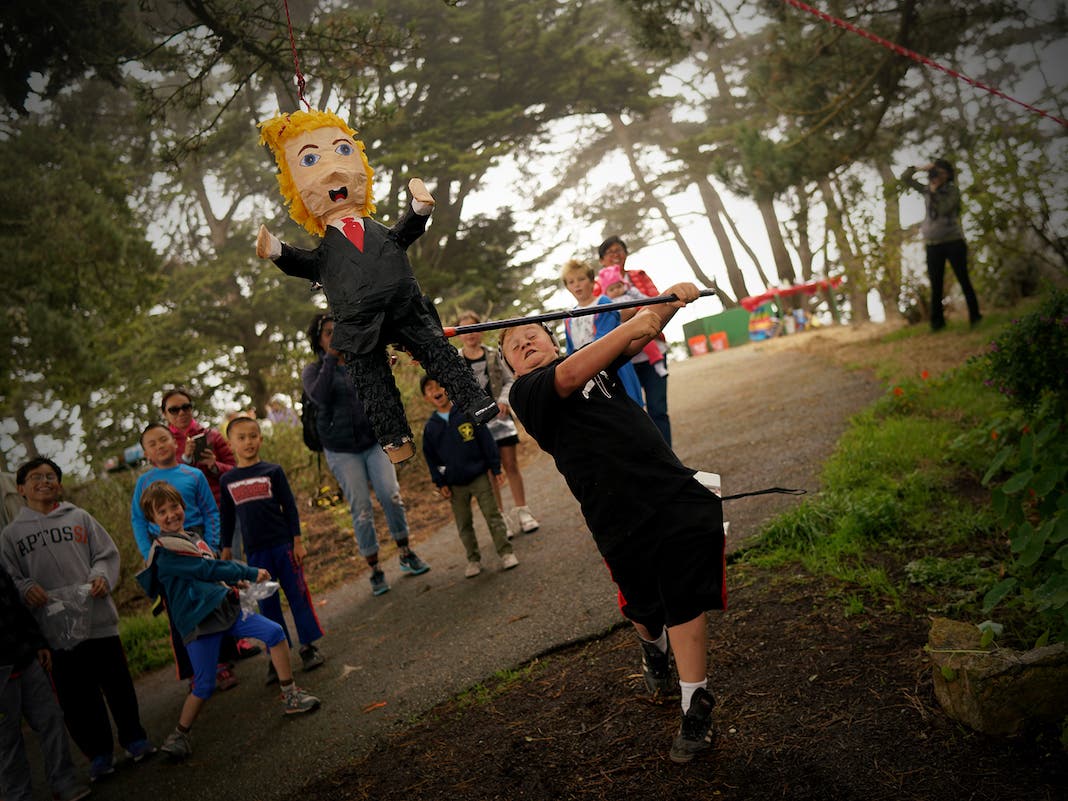
Q: There are many obstacles and gatekeepers that present challenges to getting my work seen. But I know my worst gatekeeper has been me – I had to learn how to get out of my own way. What has been your greatest obstacle and how did you overcome it?
A: My greatest obstacle has been my self-doubt and lack of confidence about my own work. I have full confidence in the photographers who I know and support – but for me, I have significant doubts about my abilities stemming from a variety of sources.
Q: What is your dream assignment/project?
A: I don’t have one – I have 1000. My dream project right now is to create an alternative visual curriculum for the California Mission project that CA fourth graders were required to produce up until a few months ago.
